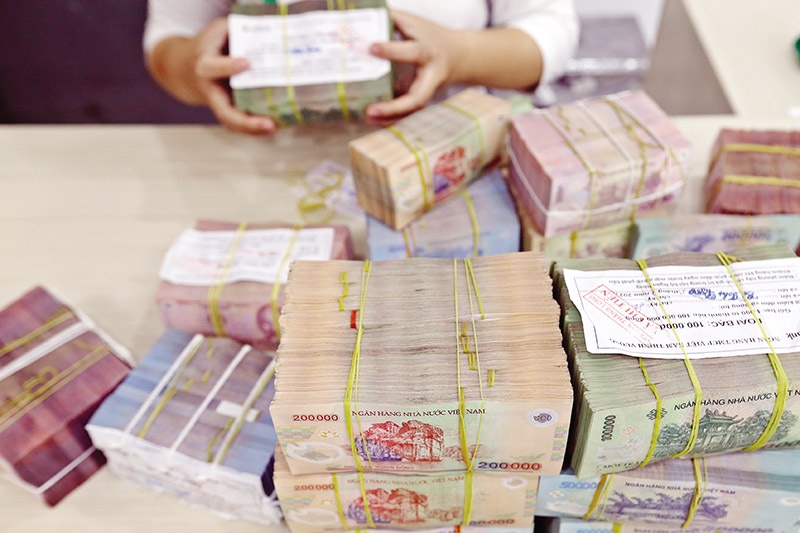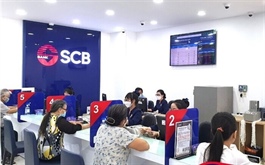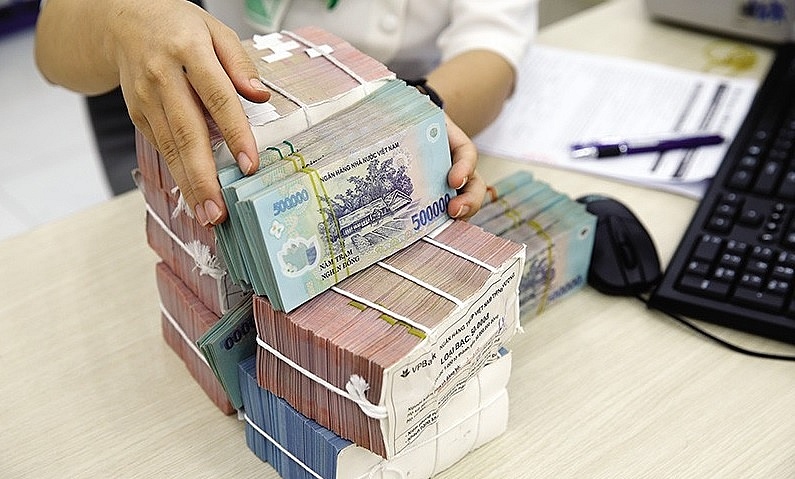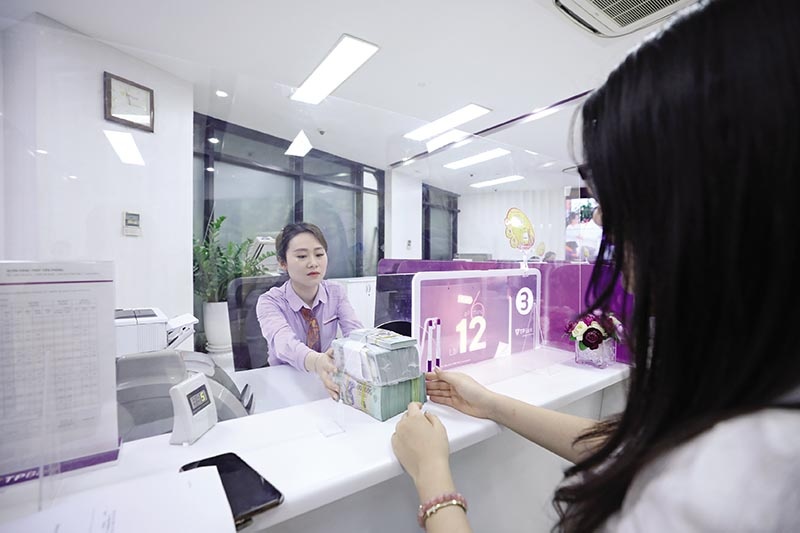Bad debts remained a challenge for banks in H1
Bad debts remained a challenge for banks in H1
Banks' non-performing loans continued to grow in the first half of this year, with some banks even witnessing double-digit growth, whereas their loan loss reserve ratio trended downwards.

Figures from the State Bank of Vietnam (SBV) show that by the end of the second quarter (Q2) of this year, the on-balance sheet non-performing loan (NPL) ratio of the whole credit institution system inched up 5.77 per cent compared to the end of 2023.
The NPL ratio stood at 4.56 per cent compared to 4.55 per cent by end of 2023, and significantly higher compared to 2.03 per cent by end of 2022.
Statistics from Q2/2024 financial statements of 29 banks, total NPL volume by end of Q2 amounted to $11.3 billion, showing 21 per cent jump compared to early 2024.
Of them, just two banks- SHB and PGBank- reflected improvement in their debt quality, with bad debt volume of SHB shed 3 per cent and that of PGBank reduced 5 per cent.
At the SBV’s press meeting reviewing banking sector performance in the first half of 2024 on July 24, SBV deputy governor Dao Minh Tu noted that rising bad debts is a big issue.
The non-balance sheet NPL ratio has approximated 5 per cent. If debts sold to the Vietnam Asset Management Company - dubbed the ‘bad debt bank’- were considered, the bad debt ratio might even touch 6.9 per cent.
Tu assumed that such a high ratio was partly attributed to mounting hardships during the pandemic and a challenging 2023, but not due to weaknesses of the banking sector.
The SBV will embrace more drastic measures to improve credit quality, put bad debt under control and consolidate provisioning activities to ensure the system safety.
Although the SBV has extended the deadline of Circular 02/2023/TT-NHNN on debt rescheduling and retention of debt category to end of 2024 to support customers facing difficulties, the banking sector’s rising bad debts by end of Q2 raises a warning about the risk facing the sector and urges stakeholder parties to shortly take on consistent and drastic measures in curbing bad debts.
Analysts at VietDragon Securities JSC (VDSC) opined that bad debts continued to pick up in H1 despite debt scheduling and debt category retention activities under Circular 02.
As for absolute figures, VDSC analysts estimated that on-balance sheet bad debt volume added $3.16 billion compared to the end of 2023.
The debt volume being rescheduled rose rapidly by about 25.5 per cent compared to end of 2023 in both principal and interest value, reaching $9.6 billion.
Simultaneously, the number of customers having rescheduled debts and their debt category maintained shot up from 188,000 in late 2023 to 282,000 by the end of June.
Bad debt has become one of the most enduring challenges for the banking sector in 2024.
Nguyen Quoc Hung, general secretary of Vietnam Banks Association, assumed that bad debts continue surging as the economy is still fraught with numerous hardships and despite concerted efforts from the banking sector.
"With the Circular 02 deadline extended to the end of 2024 to support clients, banks have more opportunities for debt collection, but bad debts could rise quickly when the real-estate market is still in the doldrums," said Hung.
In this context, most banks report their loan loss reserve ratio going down by the end of Q2 compared to the year’s beginning.
Generally, of the whole banking sector the loan loss reserve ratio shed 14.2 percentage points, sliding from 98.9 per cent by end of 2023 to 84.7 per cent by end of Q2, 2024.
Currently, Vietcombank continues to lead the sector, with loan loss reserve ratio reaching 212.1 per cent, yet falling 18.2 percentage points compared to end of 2023.
Despite this fall, that of Vietcombank is still 2.5-fold higher compared to the sector’s average.
The loan loss reserve ratios of two other state lenders, BIDV and Agribank, came at 132.3 per cent and 116.1 per cent respectively, down 48.7 percentage points and 16.3 percentage points compared to end of 2023.
Of the group of four state lenders, VietinBank saw a big dip in its loan loss reserve ratio, sliding from 167.2 per cent to 113.8 per cent as the bank’s bad debt volume soared 48 per cent in the first half.
Earlier, its loan loss reserve ratio stood at 188 per cent by end of 2022.
Of the private lenders, by the end of Q2, 2024 MB saw its loan loss reserve ratio sliding by 15.2 percentage points to 101.7 per cent; that of ACB retreating 13.4 percentage points falling to 91.2 per cent, and of Techcombank down 1 percentage point to 101.1 per cent.
By contrast, several banks saw its loan loss reserve ratio surging in H1, but at insignificant levels, including SHB, Kienlong Bank, Sacombank, TPBank, MSB, and PGBank.



























